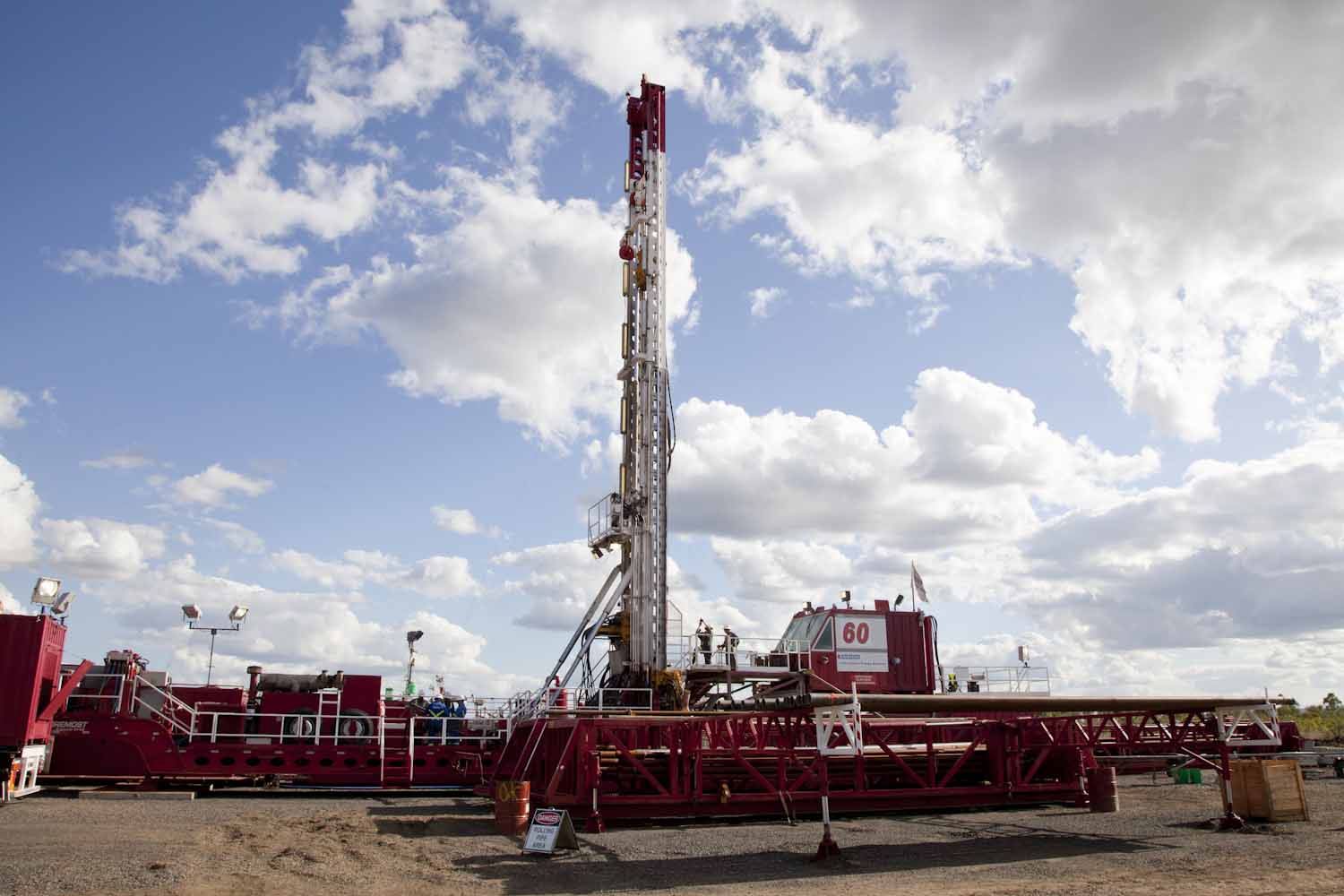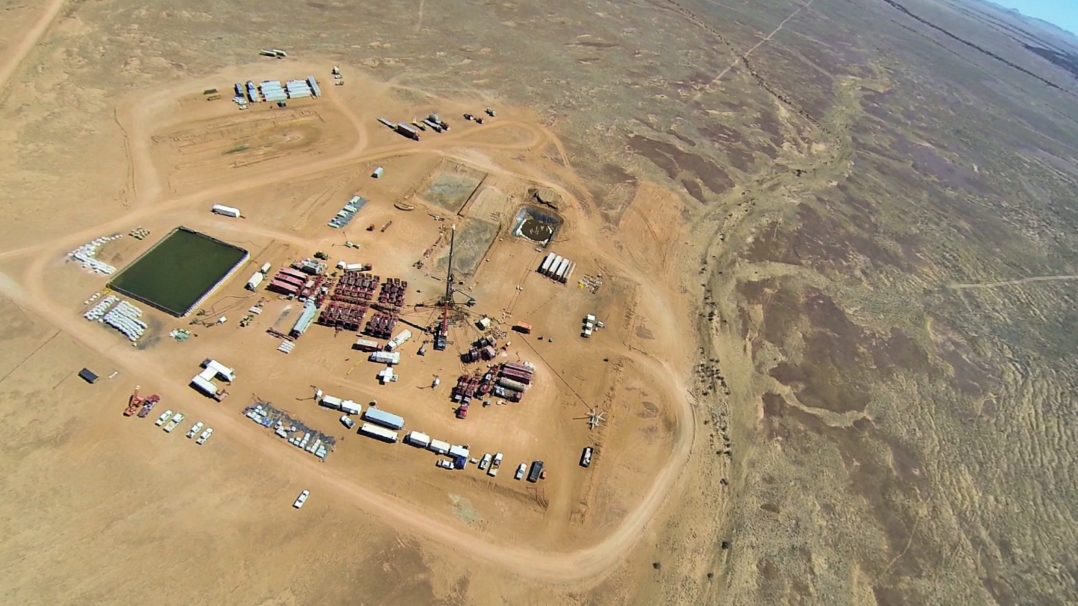PESA President Steve Mackie drew on the archives of exploration history in Australia to strike a note of optimism in sobering times at the opening of the ASEG-PESA-AIG Conference in Adelaide.
Addressing delegates at the opening of the 25th conference at the Adelaide Convention Centre, Dr Mackie said the event theme, Interpreting the Past, Understanding the Future, was appropriate when it came to reflecting previous legacies of discoveries in Australia.
“Going back 60-years the Australian government was becoming quite concerned about the lack of exploration in the country and commissioned an international consultancy to come and conduct an Australia wide survey to encourage work to be done,” Dr Mackie said.
“However, the result of the report was very lukewarm and said that there was no oil to be found in Australia and very little gas.”
Despite this vote of no confidence in Australia’s oil and gas prospects, Dr Mackie said not everyone was prepared to accept this verdict.
“A group of local explorers, several of whom were from South Australia, did not believe that conventional wisdom and set out to prove that report wrong,” Dr Mackie said of a pioneering band of visionaries who had set out to swim upstream.
“That effort commenced with a conference in Melbourne in 1962 and I mention that because that conference and subsequent events brought about the birth of PESA – and this year we celebrate our 50th anniversary.
“Why I raise this historical past, as well as the formation of these conferences and PESA as a technical forum, is because this led to the greatest decade of success that Australia has ever seen.”
Quoting from Rick Wilkinson’s book, Once Upon a Wildcat, Dr Mackie said these early initiatives were the catalyst for a decade of spectacular oil and gas finds at Roma, Cabwood and Moonie – the nation’s first commercial oil find – in Queensland , followed by Gidgealpa and Moomba in South Australia, Mereenie and Palm Valley in the Northern Territory, Barrow Island and Dongara in Western Australia and offshore celebrations at Barracuda and Marlin in the Bass Straits.
“It was almost as if Moonie was the starting gun and there was a rapid success of finds throughout the country before the giant fields of Halibut and Kingfisher delivered enough oil and immediately catapulted Australia into oil self sufficiency,” Dr Mackie said.






